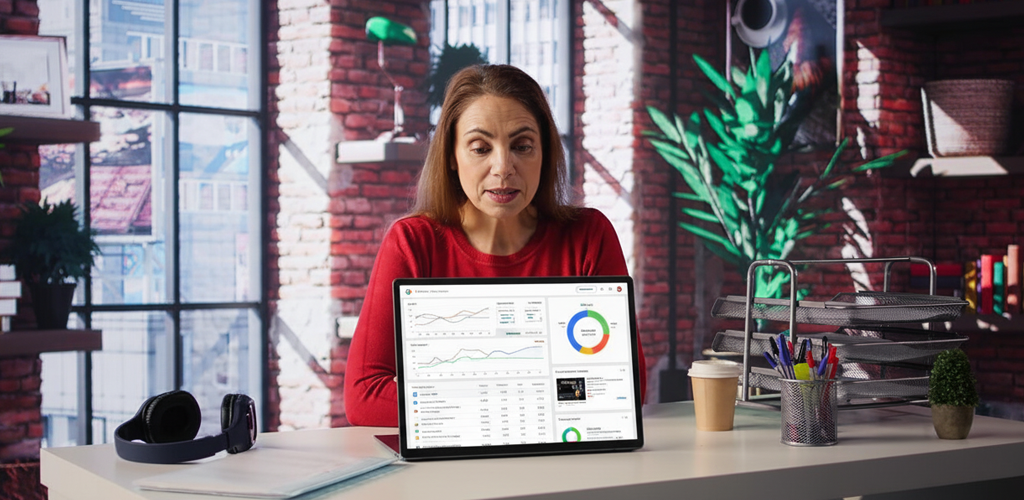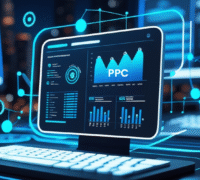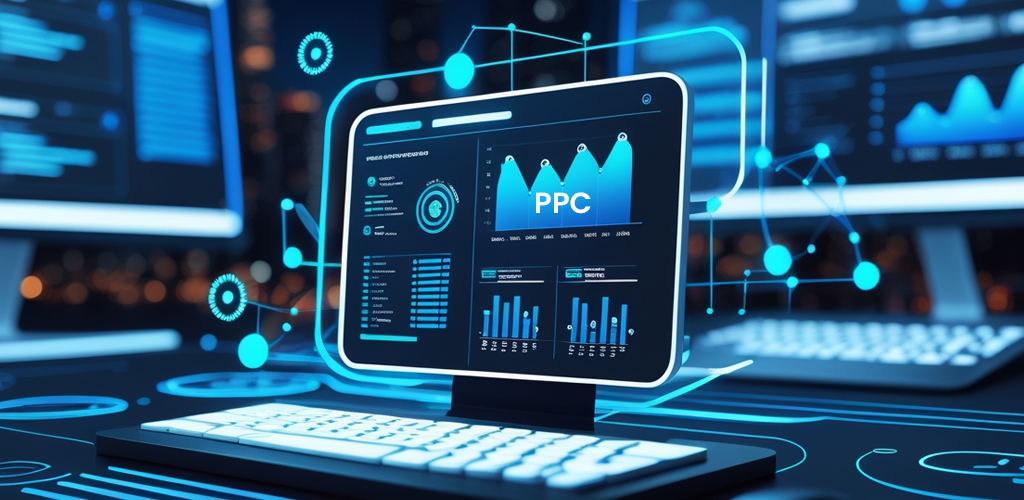Introduction
When it comes to generating local leads online, businesses often struggle to decide between Google Local Services Ads (LSAs) and Google Search Ads. Both ad formats help connect you with potential customers, but they work differently and deliver unique results. Understanding how each one functions can help you choose the right option for your local marketing goals.
What Are Google Local Services Ads?
Google Local Services Ads are designed specifically for local businesses such as plumbers, electricians, cleaners, or real estate agents. These ads appear at the very top of Google search results when someone searches for a nearby service. The best part is that LSAs work on a “pay per lead” model — you only pay when someone contacts you through the ad.
Local Services Ads also include a “Google Guaranteed” badge that helps build trust among users. When people see that badge, they feel more confident about hiring your business. This extra layer of credibility makes LSAs especially powerful for service-based companies looking for quick local leads.
What Are Google Search Ads?
Google Search Ads, often known as Pay-Per-Click (PPC) ads, appear just below LSAs and above the organic results. These ads rely on keyword targeting and bidding strategies. You create text ads that show up when someone searches for specific terms related to your business.
Unlike LSAs, Search Ads charge you each time someone clicks your ad — even if they don’t become a lead. However, they offer more flexibility with ad copy, keywords, audience targeting, and landing page optimization. This means you can create highly customized campaigns to reach different types of users.
Which One Is Better for Local Leads?
The answer depends on your business type and marketing goals. If your main goal is to get phone calls or appointment requests from nearby customers, Google Local Services Ads are the smarter choice. They are simple to set up, trustworthy, and built for local intent.
On the other hand, if you want more control over your campaigns, better targeting, and detailed analytics, Google Search Ads might be the better option. They allow you to test different messages, track conversions, and optimize for long-term growth.
When to Use Local Services Ads
LSAs are perfect for businesses that rely heavily on local clients. For example, home repair services, beauty salons, and cleaning companies can benefit greatly from LSAs because potential customers usually look for quick, local help.
When to Use Search Ads
Search Ads are ideal if your services extend beyond local reach or if you want to promote multiple products or service categories. For instance, digital agencies, software companies, or eCommerce businesses can use Search Ads to attract specific audiences and drive traffic to their websites.
Combining Both for Maximum Results
Many successful businesses use both LSAs and Search Ads together. LSAs capture quick local leads, while Search Ads build long-term visibility and brand awareness. By combining them, you can appear in multiple spots on Google’s search results — increasing your chances of getting noticed and generating more leads.
Conclusion
Both Google Local Services Ads and Search Ads can deliver great results, but their effectiveness depends on your business goals and target audience. If you want fast, verified local leads — LSAs are your best bet. But if you’re aiming for more control, data insights, and long-term brand growth — Search Ads are the way to go. The smartest approach is to test both and see which one drives better local results for your business.










